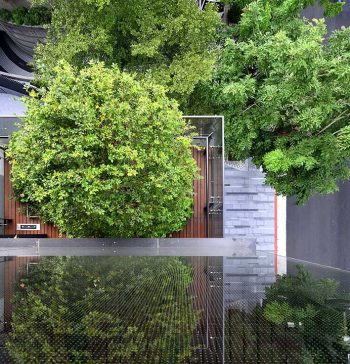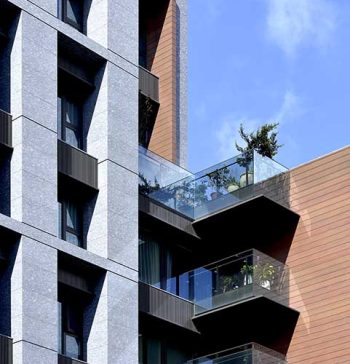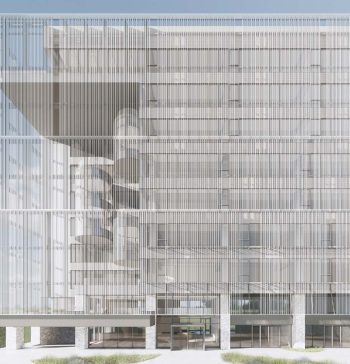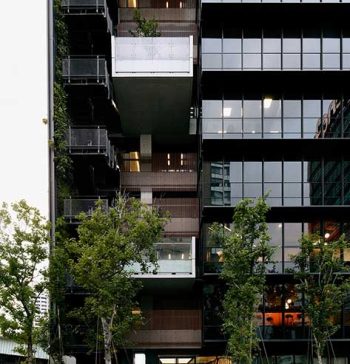室內與室外
擺脫形式的束縛,從感知的角度著眼,不難發現,室內與室外是相對於彼此存在的,是同為一體表現為兩面的。建築的目的在於培育和成就人們想像和共情的能力,內與外的對峙分隔,是自我與世界關係僵化的反映,身體感知因此被壓制,想像力從而變得被動。郭旭原和黃惠美探索人們對由內而外和由外而內的主觀感受,嘗試喚醒人類最內在、最鮮活的善意,讓生活成為迎接人們以各種形式相遇的媒介。這些由內而外或由外而內的關係,會因人的關係的時而趨近和遠離,產生了空間的層次與序列,也形塑了公共和私密的領域層級。正因為這領域是有層級性的,也就有了無法直接界定的內或外、公共或私密的空間。當內與外之間變得模糊與擁有微妙的不確定感時,主客體的分殊和兩極化暫時消失,人們彼此間的情感交流得以活躍。
Interior and Exterior
When one breaks away from formal constraints and thinks in terms of perception, it is easy to understand that interior and exterior are relative to each other; they are two aspects of a whole. Architecture serves to cultivate our ability to imagine and empathize. The separation from conflicting interior and exterior reflects a rigid relationship between the self and the world. As a result, our physical perceptions are suppressed, and imaginations become passive.
Kuo and Huang explore people’s subjective perceptions both from inside out and outside in. They attempt to awake the intrinsic kindness of human beings and allow life to become a medium for various encounters to take place in. Depending on the distant or intimate associations among people, these interior-to-exterior and exterior-to-interior relationships produce spatial hierarchies and sequences, and shape different levels of public and private domains. Since these territories are hierarchical, spaces cannot be defined as purely interior or exterior, nor strictly public or private. When subtle ambiguity is present between interior and exterior, the uncertainty created enables the separation and polarization between subject and object to disappear temporarily, encouraging more emotional exchanges among people.





